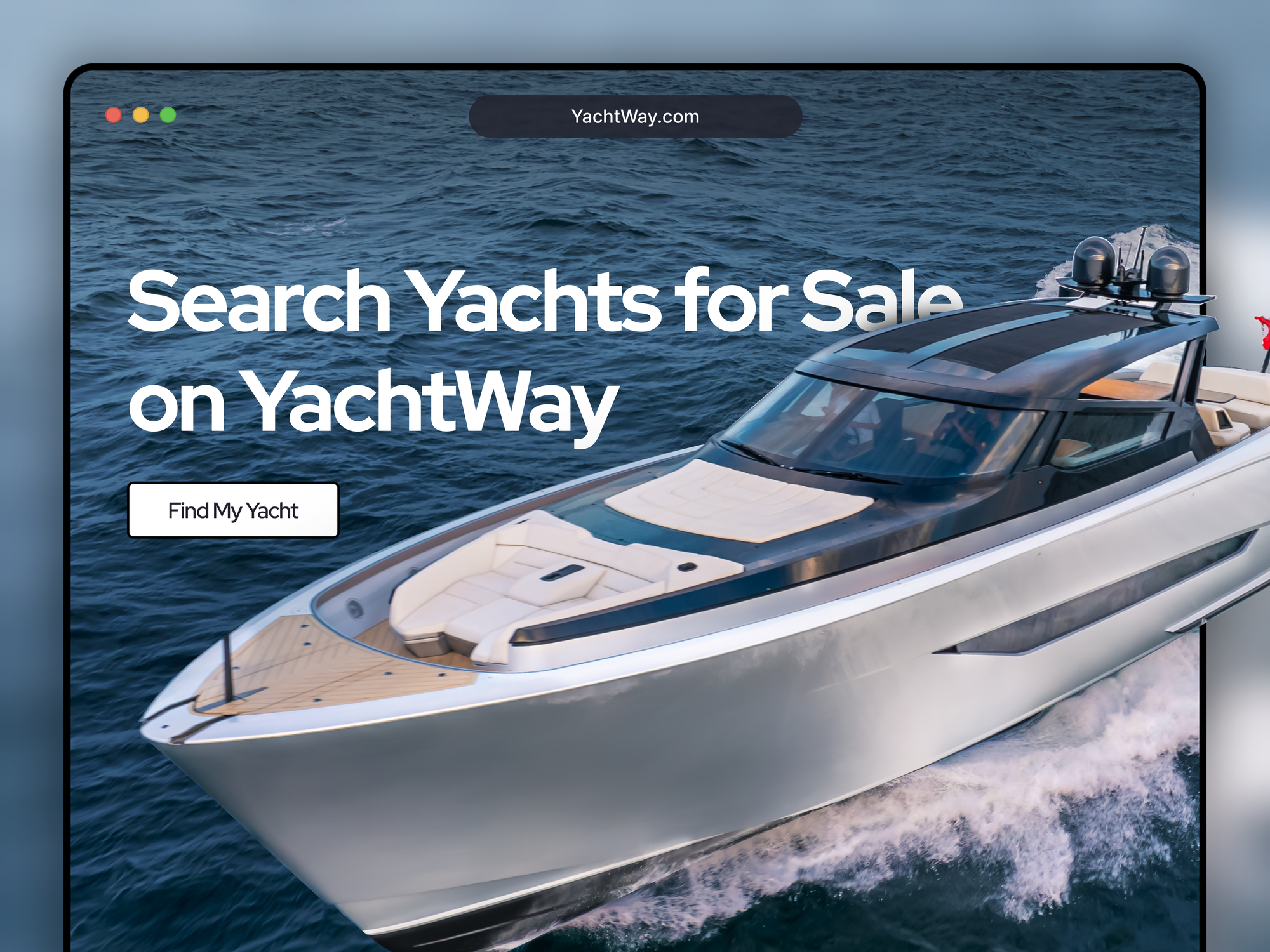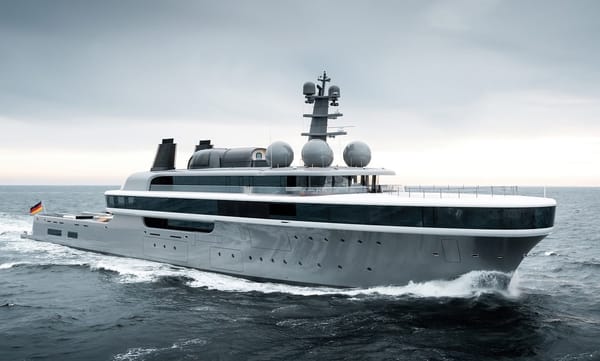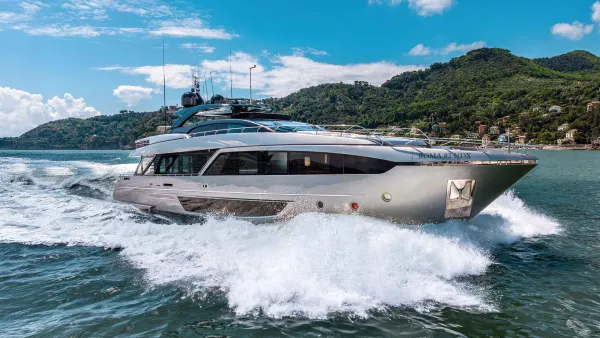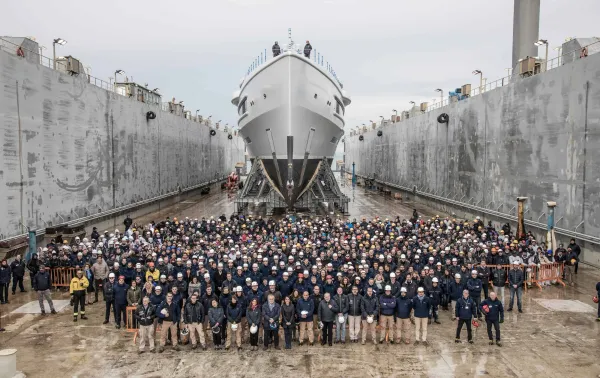How Much Does a Yacht Cost?
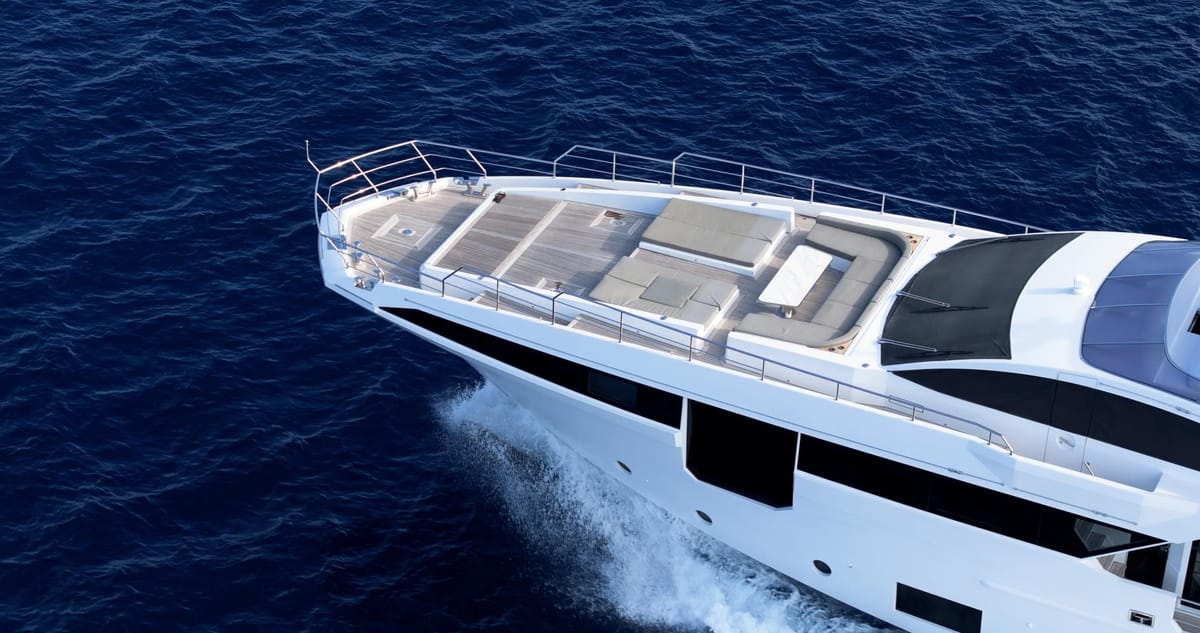
Yachts epitomize luxury and freedom on the open seas, but their costs can vary widely based on size, age, brand, and amenities. Understanding these factors is crucial for prospective buyers and enthusiasts.
Several factors influence both the purchase price and the ongoing expenses of a yacht. One of the most significant determinants is size and type—larger yachts and superyachts equipped with more amenities naturally command higher prices due to their increased materials, labor, and engineering costs. Additionally, age and condition play a crucial role in valuation. Newer yachts, or those that have undergone recent refits, typically carry a premium compared to older vessels that may require significant maintenance or modernization.
The brand and build quality of a yacht also contribute to its cost. Reputable manufacturers with a longstanding history of quality craftsmanship often price their yachts higher, reflecting their commitment to superior materials, design, and performance. Lastly, customization and amenities can significantly elevate the overall price. Features such as advanced navigation systems, bespoke luxury interiors, swimming pools, and even helipads add to both the initial purchase cost and long-term upkeep, making these yachts a true investment in luxury and convenience.
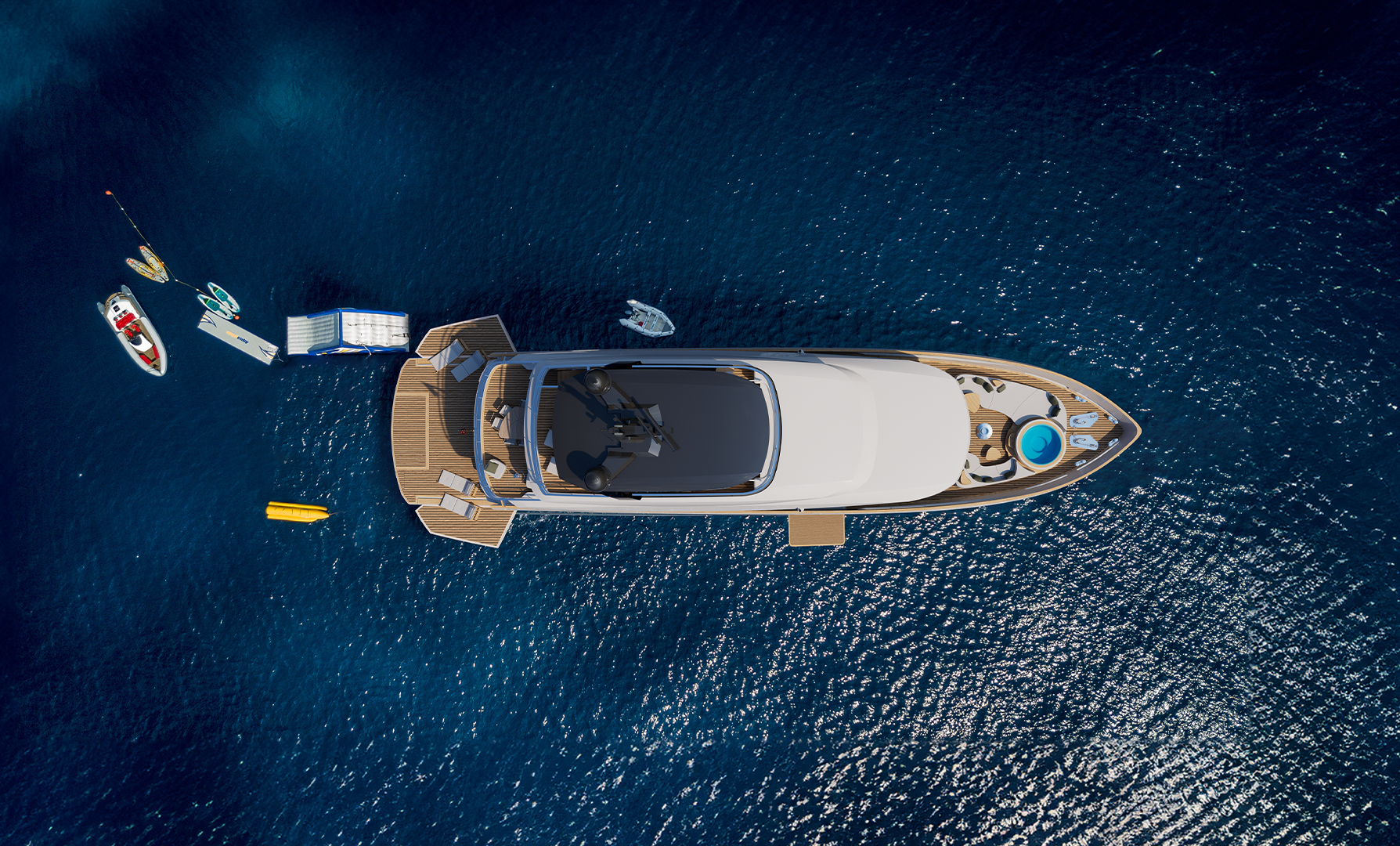
Price Ranges of Yachts
Mini Yachts: Pre-owned mini yachts often fall between $10,000 and $60,000, offering a more accessible entry point into yacht ownership.
Small Yachts (25 to 45 feet): Newer models around 40 feet can range from $350,000 to over $1 million. However, older models in this size bracket average around $200,000.
Superyachts (Over 100 feet): These luxurious vessels start at approximately $10 million, with prices escalating based on customization and size.
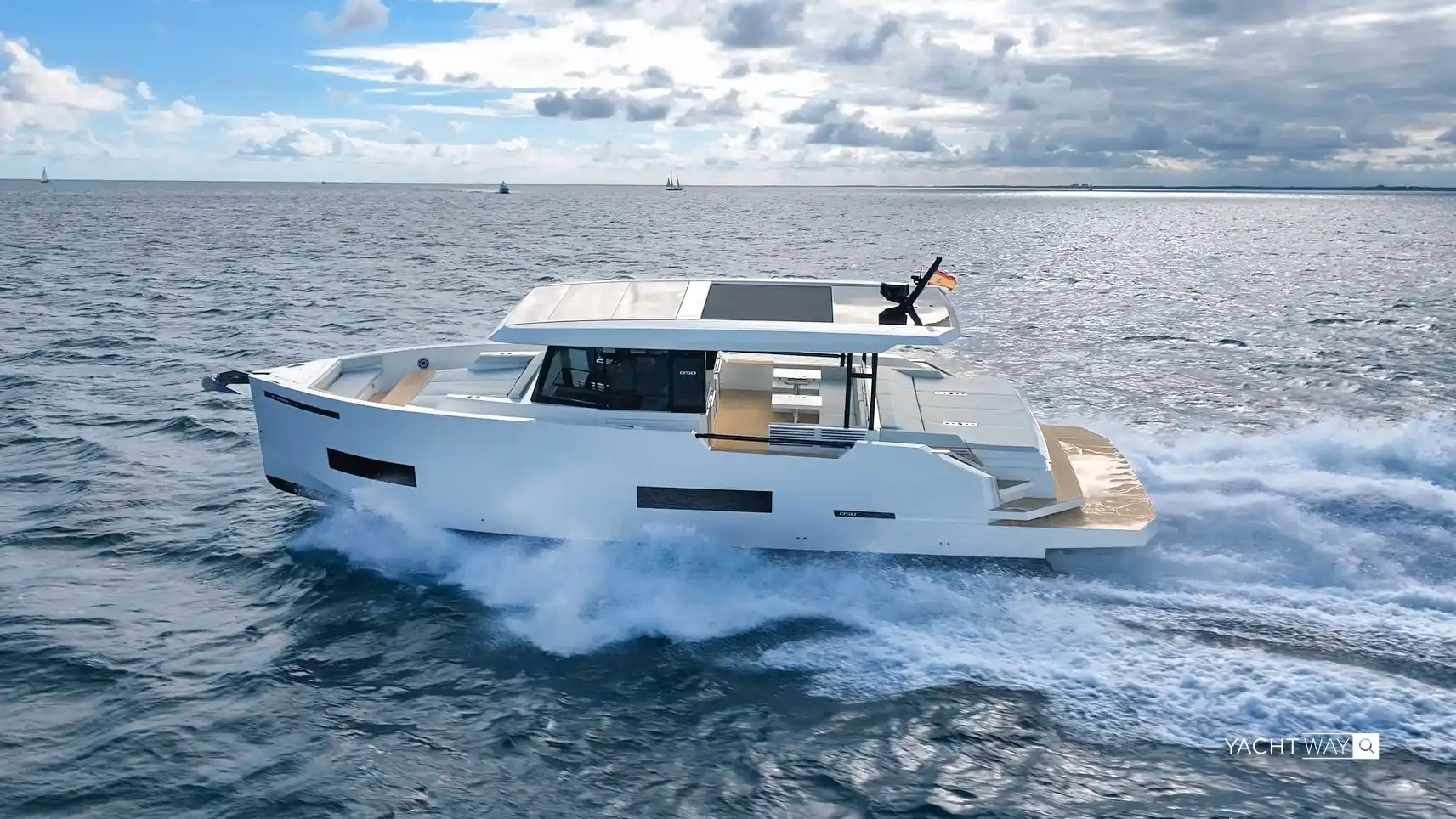
Operating Costs & Expenses
Owning a yacht entails significant ongoing expenses beyond the initial purchase. Here are two very different examples, looking at the annual budgets and operating costs of a large craft (180 feet) and a smaller one (63 feet)
Annual Expenses for an 180-Foot Superyacht
Owning an 180-foot superyacht is a substantial financial commitment, with annual operating costs typically ranging between 10-15% of the yacht’s initial purchase price. For a yacht valued at $50 million, yearly expenses can range from $5 million to $7.5 million, depending on usage, location, and maintenance needs. Below is a breakdown of the key expenses associated with maintaining such a vessel over a year.
Breakdown of Annual Costs for an 180-Foot Superyacht
- Crew Salaries & Benefits: $2,500,000 – $3,000,000
- A yacht of this size typically requires 12-18 crew members, including a captain, engineers, deckhands, stewards, and chefs. Salaries vary, with captains earning $300,000+ per year, while other crew members range from $50,000 to $150,000 each.
- Dockage & Berthing Fees: $500,000 – $1,000,000
- Premium marina locations, such as Monaco, Miami, or St. Barths, charge $3,000 – $10,000 per night during peak season. Annual contracts at top-tier marinas can exceed $500,000.
- Fuel Costs: $800,000 – $1,500,000
- An 180-foot yacht consumes around 500-1,500 gallons of fuel per hour at cruising speed. For a yacht covering 50,000 nautical miles per year, fuel costs can easily exceed $1 million.
- Maintenance & Repairs: $750,000 – $1,200,000
- Routine upkeep includes hull cleaning, engine servicing, repainting, and replacing electronics. Unexpected repairs, such as engine overhauls, can add hundreds of thousands of dollars in unforeseen costs.
- Insurance Premiums: $400,000 – $1,000,000
- Insurance costs typically range from 0.8% to 2% of the yacht’s value, covering liability, hull protection, and crew medical insurance. Premiums increase for yachts traveling to high-risk areas.
- Provisions & Supplies: $300,000 – $600,000
- Food, beverages, toiletries, and luxury amenities for guests and crew can add up, particularly when catering to high-profile clients with specific preferences.
- Tenders & Toys: $250,000 – $750,000
- Many superyachts have multiple tenders, jet skis, diving gear, and even personal submarines, all requiring maintenance and periodic replacements.
- Yacht Management & Compliance: $150,000 – $400,000
- Large yachts often require professional management companies to handle logistics, chartering, crew recruitment, and compliance with maritime regulations.
- Depreciation & Refits: Variable
- A superyacht depreciates approximately 10% annually, with major refits required every 5-7 years, costing upwards of $5 million for upgrades to interiors, navigation systems, or new paintwork.
Total Estimated Annual Costs:
$5.6 million – $9.5 million
While these figures can fluctuate based on cruising range, charter activity, and onboard luxury, they offer a realistic glimpse into the financial reality of owning a 180-foot superyacht. Many owners mitigate costs by offering their yachts for charter, which can generate $200,000 – $500,000 per week, helping offset some expenses. However, even with charter income, owning a vessel of this caliber remains an exclusive and expensive endeavor.
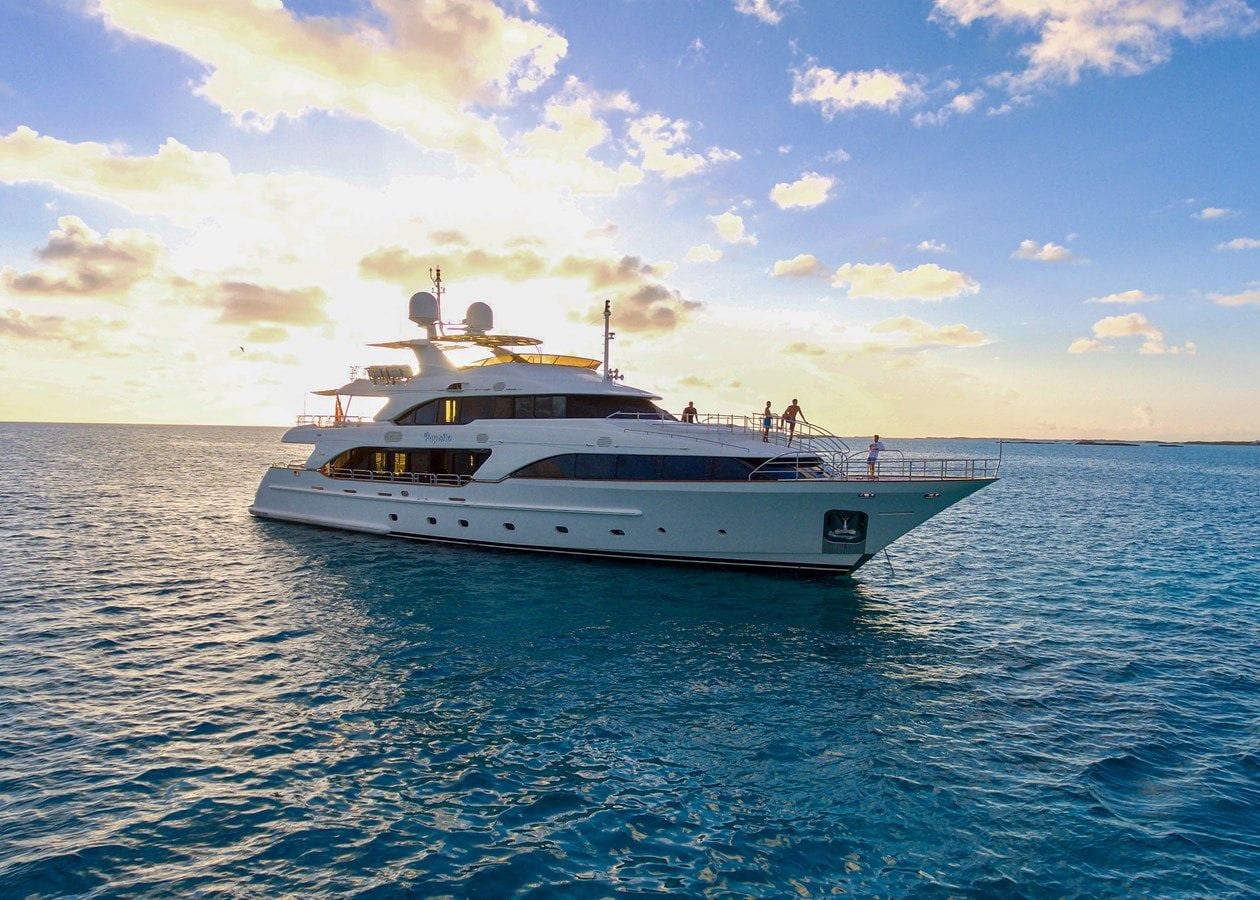
Annual Expenses for a 63-Foot Yacht
Owning a 63-foot yacht presents a more manageable, yet still significant, financial commitment compared to superyachts. Annual operating costs generally range from 7-15% of the yacht’s value, depending on factors such as usage, location, and maintenance requirements. For a yacht valued at $2 million, yearly expenses can range from $150,000 to $300,000, ensuring it remains in prime condition for enjoyable cruising. Below is a breakdown of the typical costs associated with maintaining a 63-foot yacht over a year.
Breakdown of Annual Costs for a 63-Foot Yacht
- Dockage & Berthing Fees: $20,000 – $50,000
- Slip fees depend on the marina location, with high-end marinas in Miami, Fort Lauderdale, Monaco, and the Caribbean charging premium rates. Some yacht owners opt for annual contracts to reduce seasonal docking expenses.
- Fuel Costs: $10,000 – $25,000
- A 63-foot yacht consumes around 50-150 gallons per hour, depending on the engine type and cruising speed. Annual fuel costs vary based on distance traveled and whether the yacht is used for coastal cruising or long-range voyages.
- Maintenance & Repairs: $20,000 – $35,000
- Regular maintenance includes hull cleaning, engine servicing, bottom painting, and electronics upkeep. Unexpected repairs, such as generator or engine overhauls, can add significant costs.
- Insurance Premiums: $8,000 – $15,000
- Insurance is typically 0.5% to 1% of the yacht’s value, covering hull damage, liability, and onboard risks. Premiums are higher for yachts traveling in hurricane-prone areas or international waters.
- Crew Salaries (If Applicable): $0 – $80,000
- Many 63-foot yachts are owner-operated, but some hire a captain or part-time crew. A full-time captain alone may earn $50,000 to $80,000 per year, with additional costs for deckhands or stewards if needed.
- Provisions & Supplies: $5,000 – $15,000
- Stocking the yacht with food, drinks, cleaning supplies, and general provisions varies based on guest use and dining preferences.
- Tenders & Toys: $5,000 – $15,000
- Many yachts in this size range come with a tender, paddleboards, other watercraft, or jet skis, all requiring periodic servicing and fuel.
- Yacht Management & Compliance: $5,000 – $10,000
- Some owners opt for yacht management services to handle maintenance schedules, compliance, and logistics, particularly if they charter their yacht or travel internationally.
- Depreciation & Refits: Variable
- Yachts depreciate at approximately 7-10% per year, with major refits required every 5-10 years. A mid-life refit, including new upholstery, paint, and navigation systems, can cost anywhere from $50,000 to $200,000.
Total Estimated Annual Costs:
$150,000 – $300,000
Many owners offset costs by offering their yacht for charter, which can generate $15,000 – $40,000 per week, depending on the yacht’s luxury level and location. However, even with charter revenue, maintaining a 63-foot yacht remains a considerable financial commitment, making it essential for owners to budget carefully for both predictable and unexpected expenses.

Taxes & Insurance Premiums
When purchasing a yacht, taxes and insurance premiums are significant financial considerations that can substantially impact the overall cost of ownership. Sales tax and import duties vary depending on the country and state of purchase, with some U.S. states charging up to 8-10% in sales tax, while international buyers may face VAT charges as high as 20% in certain European countries. Additionally, registration fees and annual property taxes may apply, depending on where the yacht is docked. Insurance premiums are influenced by factors such as the yacht’s size, value, cruising locations, and intended use. Policies typically cover hull damage, liability, crew protection, and salvage costs, with annual premiums ranging from 0.8% to 2% of the yacht’s value.
For instance, insuring a $2 million yacht could cost anywhere from $16,000 to $40,000 per year. Owners who plan to sail in high-risk regions, such as hurricane-prone waters, may see higher premiums due to increased risk exposure. To optimize costs, many yacht owners consult maritime attorneys or tax advisors to explore tax-efficient registration jurisdictions, such as the Cayman Islands or Malta, which offer favorable regulations and reduced tax liabilities.

The Real Costs of Yacht Ownership
Owning a yacht is a luxury that comes with substantial financial responsibilities, from the initial purchase price to the ongoing operational expenses. Whether it’s a 63-foot cruising yacht or a 180-foot superyacht, yearly costs can range anywhere from $150,000 to over $9 million, depending on size, usage, and location. Key expenses include dockage fees, fuel, maintenance, insurance, crew salaries, and provisions, all of which ensure the vessel remains in peak condition for smooth and enjoyable sailing. For superyachts, costs escalate dramatically due to the need for a full-time crew, high fuel consumption, and extensive maintenance requirements, while smaller yachts, though more manageable, still demand careful budgeting.
Unlike traditional investments that appreciate over time, yachts are purchased for passion, adventure, and the love of the sea rather than for financial gain. Depreciation is an inevitable reality, with most yachts losing value over the years, though proper maintenance and refits can help retain some resale potential. Some owners choose to offset expenses by chartering their yachts, which can generate significant revenue, but even in the best-case scenario, most yachts do not break even. Ultimately, those who buy yachts aren’t looking for a return on investment in the traditional sense—they are seeking the freedom, exclusivity, and unforgettable experiences that come with yacht ownership.
For those ready to embrace the yachting lifestyle, finding the perfect vessel is the first step. Whether searching for a sporty 50-footer for weekend cruising or a luxurious 200-foot superyacht, prospective buyers can explore a variety of options to suit their preferences and needs. If you’re looking to purchase a yacht, YachtWay offers a premier selection of yachts for sale, providing the perfect platform to find your dream vessel and set sail in style.
